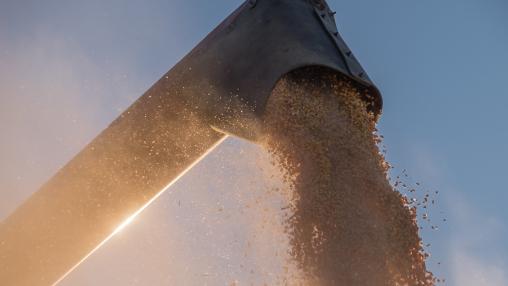
Lessons from the Ukraine Crisis: New Ebook Released
With the world already reeling from the high food prices and other economic impacts of the COVID-19 pandemic, the outbreak of conflict in Ukraine in February 2022 again raised the specter of a major global food security crisis. Since that time, analysis of the extant and potential future impacts of the conflict on food and fuel prices, trade, food security, and poverty has been a primary focus for policymakers, researchers, and development professionals around the world.
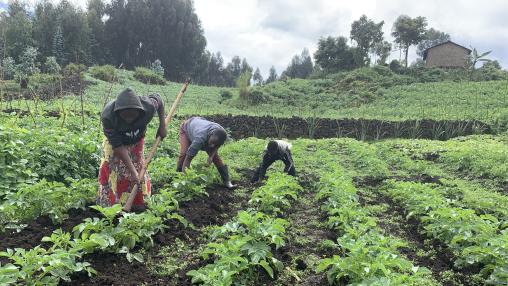
Domestic Food Prices and the COVID-19 Pandemic: How Policies Helped and Hurt
Protectionist policies such as export restrictions are often used as an immediate response to spiking food prices and other food shocks, such as those posed by the COVID-19 pandemic. These policies are increasingly being recognized as detrimental to long-term global food security and can also have impacts for local food security, particularly for low-income and net food importing countries. However, a lack of real-time data makes it difficult for policymakers to see how these responses are truly impacting food markets within their countries.
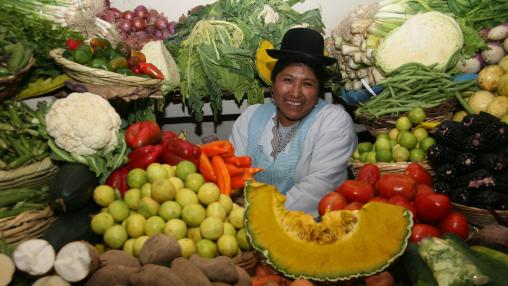
Global Food Policy Report 2023 Latin America launch: Policies to build resilience to shocks
Food systems have experienced a multitude of shocks in recent years that threaten food and nutrition security around the world. The Latin America and Caribbean region (LAC), which plays an important role in ensuring the stability of the global food system, has been hit hard by these disruptions. The region has accounted for 30% of deaths during the COVID-19 pandemic, yet makes up only 8% of the global population.
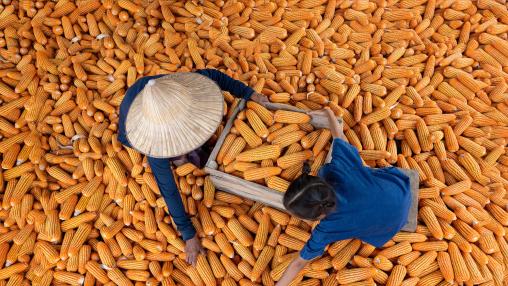
FAO Food Price Index Continues Decline, But Concerns over Black Sea Grain Initiative Remain
Commodity prices continued to fall in June, according to the FAO Food Price Index, which declined 1.4 percent from its May level. This reflects at 23.4 percent drop from June 2022.

IFPRI Policy seminar: Farm subsidies and international trade rules
The Uruguay Round of international trade negotiations, which started in 1986 and concluded in 1994, advanced trade liberalization and led to the formation of the World Trade Organization (WTO). The Uruguay Round Agreement on Agriculture (URAA) stands out as a hallmark, since it brought agriculture—until then mostly not covered by international trade disciplines—into a rules-based framework.
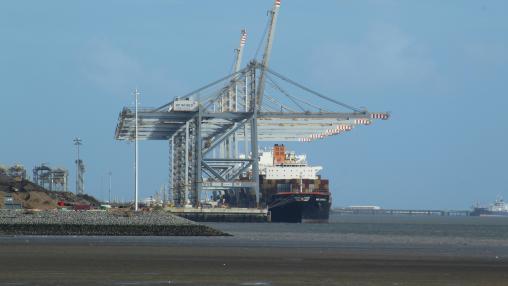
When Policy Responses Make Things Worse: The Case of Export Restrictions for Agricultural Products
When the global prices of staple commodities surge, some governments react immediately by imposing trade-restricting measures in order to insulate domestic prices from rising world prices. During the global food price crisis of 2007–2008, such behavior was observed among many governments, particularly in net food-exporting countries, in response to the impending food security shock. As many as 16 countries imposed some form of export restriction, such as a ban or export tax, on commodities including rice, wheat, maize, other grains, and vegetable oils.
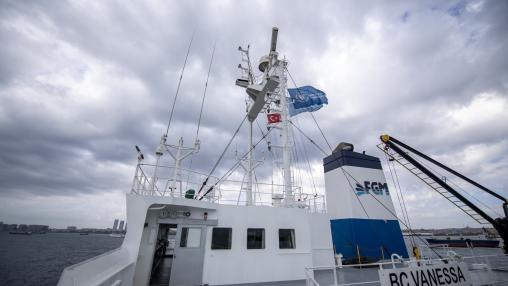
Increased tensions in Ukraine again threaten the Black Sea Grain Initiative
On June 6, the Nova Kakhovka dam in southern Ukraine, located about 70 km upstream of Kherson, a port city on the Dnipro River, collapsed, sending an uncontrollable flow of water from its reservoir downstream. Futures markets reacting to the news sent wheat futures up almost 3 percent before falling back later that day.
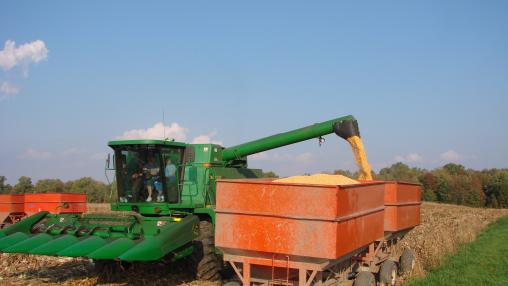
Food Prices Continue Decline in May, But Concerns about Inflation Remain Strong
The FAO Food Price Index declined by 2.6 percent in May. Compared to May 2022 levels, the Index is 22.1 percent below its all-time high.
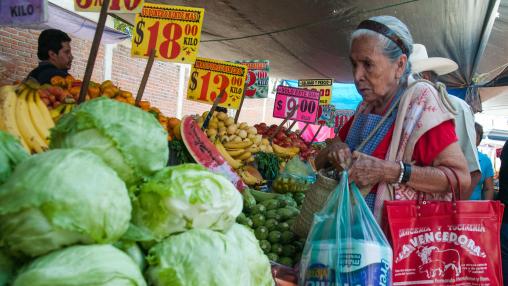
Food price inflation continues putting people’s food security at risk
FAO’s Food Price Index edged up slightly in April 2023, the first increase following 12 consecutive months of decline. The increase in this index for internationally traded food commodities was caused by a sharp rise in sugar prices and a moderate rise in meat prices. International prices for cereals, dairy and vegetable oils continued their prolonged decline after peaking in March 2022. Among cereals, only rice prices were up, but this rise was outweighed by further declines in the prices for wheat and maize.
Farm Subsidies and International Trade Rules
The 1994 Agreement on Agriculture, which emerged from the Uruguay Round, imposed the first real international trade disciplines on agriculture, including rules on market access, export subsidies, and domestic support. However, no further progress was made at the Doha Round. Today, many WTO members continue to seek tighter constraints on trade-distorting domestic support, while others seek more room for producer support related to developing countries’ food stocks.